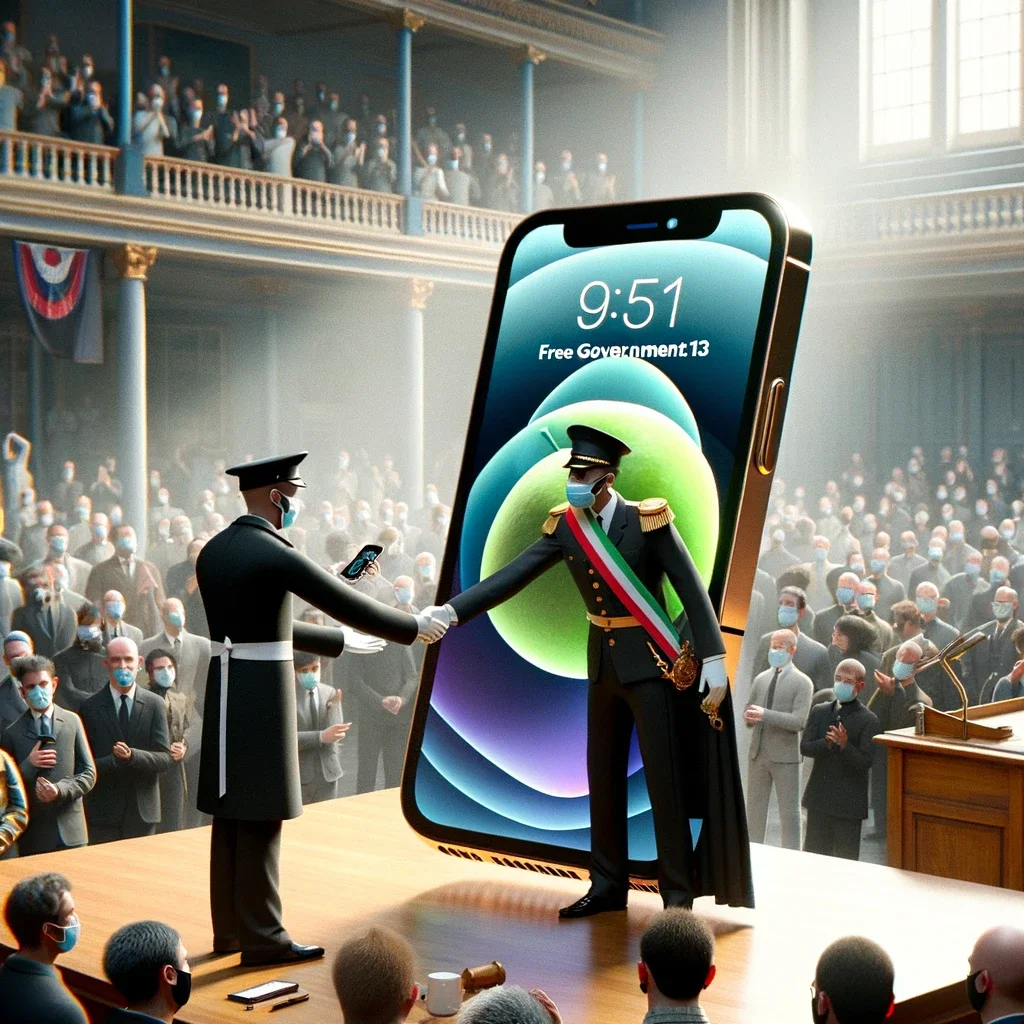Introduction
Free Government iPhone 13 In today’s digital age, smartphones have become an integral part of our lives, connecting us to the world and providing access to a myriad of services and information. Recently, rumors have been circulating about the possibility of the government offering free iPhone 13 devices to eligible individuals. In this article, we will explore this intriguing topic and separate fact from fiction, shedding light on the feasibility and implications of such a program.
The Buzz Around Free Government iPhone 13
The idea of a government-sponsored program that provides free iPhone 13 devices has generated a significant amount of interest and curiosity. Social media platforms, news outlets, and online forums have been buzzing with discussions, speculations, and even conspiracy theories regarding the supposed initiative. To address this phenomenon, we need to examine the facts and clarify the misconceptions.
The Reality of Free Government iPhone 13
First and foremost, it’s crucial to clarify that there is currently no official program by the government offering free iPhone 13 devices to the general public. While governments may implement various assistance programs, such as subsidized smartphones for low-income households, these initiatives typically have specific eligibility criteria and are not universal.
Low-Income Assistance Programs
Some governments, in partnership with telecommunications companies, have initiated programs to provide affordable smartphones or discounted plans to low-income individuals and families. These programs are designed to bridge the digital divide, ensuring that everyone has access to essential communication tools. However, these offerings often come with certain requirements, such as proof of low income or participation in government assistance programs.
Possible Benefits of Such Initiatives
While the idea of free government iPhone 13 may be enticing, it’s essential to understand the potential benefits and drawbacks of such an initiative.
- Bridging the Digital Divide: A program providing smartphones to underserved populations can be a valuable step in bridging the digital divide. It can empower individuals with access to online education, job opportunities, healthcare information, and government services.
- Enhanced Connectivity: Increased access to smartphones can lead to better connectivity among citizens, enabling them to stay informed and engaged in civic activities.
- Economic Stimulus: Distributing smartphones can stimulate economic activity by promoting the use of mobile apps, e-commerce, and digital services, potentially boosting local businesses.
- Access to Emergency Services: Smartphones with internet access can be vital during emergencies, allowing individuals to receive real-time alerts and access emergency services quickly.
- Privacy and Security Concerns: Any government-sponsored smartphone program should address privacy and security concerns. Safeguarding user data and ensuring secure communications must be a top priority.
- Funding and Sustainability: Funding such programs can be challenging, and their long-term sustainability should be carefully considered. Governments must allocate resources effectively to ensure the continued availability of these devices and services.
The Importance of Verifying Information
In the era of instant information dissemination through social media and online platforms, it is crucial to exercise caution and verify the accuracy of news and rumors. Misinformation and false claims can lead to confusion and misplaced expectations.
To stay informed and make informed decisions, it is advisable to rely on trusted news sources, official government announcements, and reputable organizations. Additionally, reaching out to relevant government agencies or service providers can help individuals gain a clear understanding of any existing assistance programs.
While the concept of free government iPhone 13 devices may capture our imagination, it is vital to approach such news with a critical eye. At present, there is no universal government program offering these smartphones to the public. However, governments worldwide have initiated assistance programs aimed at providing affordable communication tools to underserved populations, thus addressing the digital divide.
As technology continues to evolve, we can expect further innovations in digital inclusion efforts. It is incumbent upon governments and telecommunications companies to collaborate effectively, ensuring that individuals from all walks of life have access to the benefits of modern communication technology. In the meantime, staying informed through reliable sources and verifying information can help us navigate the digital landscape responsibly.


